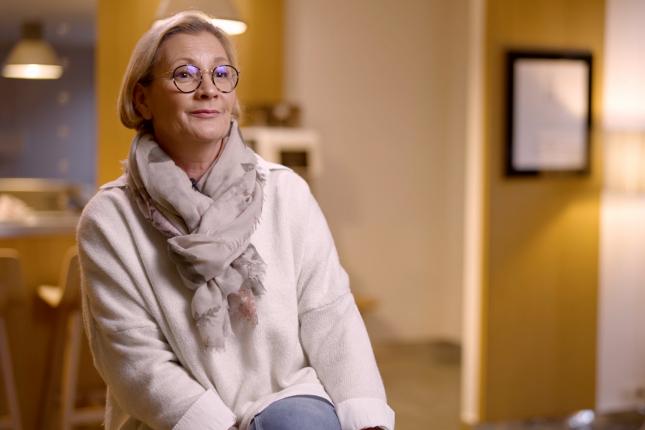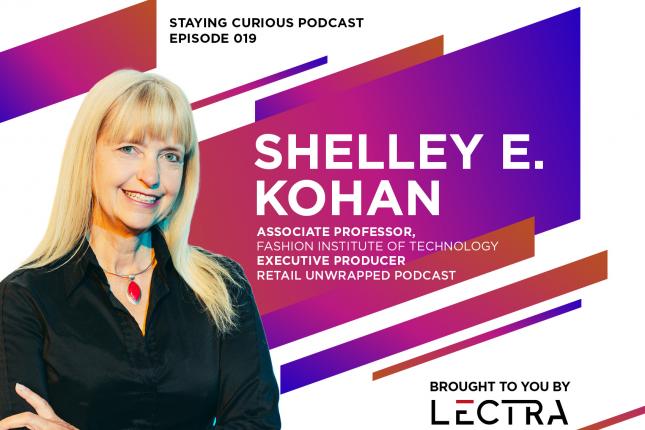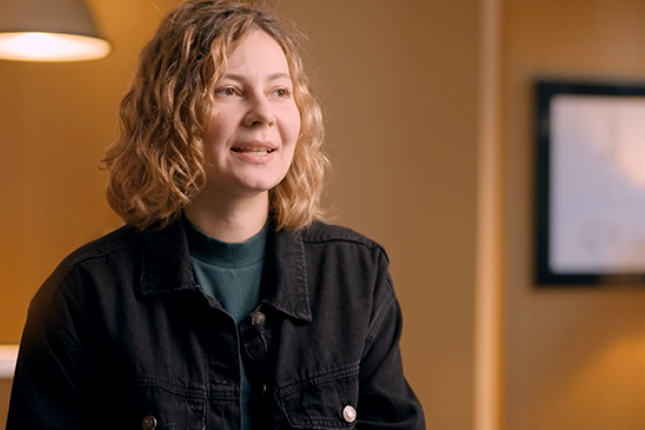Fitting real bodies
Whitney Cathcart, Co-Founder and Chief Strategy Officer of 3DLOOK
To learn more about how personalized fit will change the fashion industry, follow Whitney Cathcart:
Website | LinkedIn
When it comes to the issue of garment fit, the assumption is often that we as customers just aren’t the right size. There is something wrong with us, and not the garment. That we aren’t “normal”, need to lose a few pounds, or get in better shape. But we were wrong.
There is no “normal” shape. It is why we can be a size 6 with one brand and a size 14 in another. It isn’t that we just don’t understand their sizing differences though, but instead that the brands don’t understand us.
Whitney’s work with fashion brands helped her see first-hand how they design garments based on a fit or a body type that they design as the standard. But this standard body is not based on customer data or a real person. This can lead to not only challenges with size, but also in how a garment lays, looks, or feels on a customer. She couldn’t understand why brands were wasting money designing a garment where its vision couldn’t be realized on consumers, or why they would settle for high return rates or waiting for the right customers fit their garments best to find them.
This led her towards the co-founding of 3DLook, and their mobile body scanning technology. Designed for both consumers and brands, their technology aims to bridge the gap between the garment design and production process and the everyday bodies of real people. To provide the most personalized fit without the high cost of personalized clothing.



